Research resources come in a variety of types. Click on the tabs to the left to see information on each broad type of resource in this area.
Use your search terms to find materials that help answer your research question or support (or even contradict) your thesis. Review your assignment for specific instructions regarding the type and number of sources you need. Not everything you need to know can be found on the Internet, so it is important to use your library resources in addition to freely available web sources. Some professors will ask you to only use sources accessible through the library and not from search engines like Google.
Books and eBooks essentially can cover any topic, both factual information and fiction, and can be written by anyone. They usually go into a level of detail that shorter works cannot do on their own.
Because of the length of time it takes to write and publish a book, it may contain dated information. Be sure to check the publication date.
 |
 |
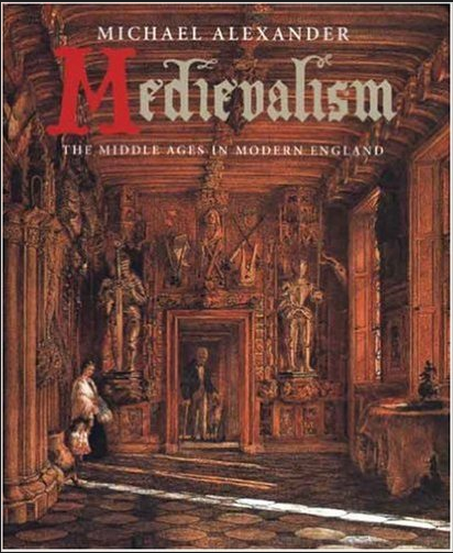 |
Data is simply “raw information”1. Survey responses, interview recordings, and even how much rain Augusta had in March 2013 are all data. Data must be analyzed to draw conclusions about what the data means.
When data that can be quantified into numbers are analyzed, the results are statistics. Statistics “provide an interpretation and summary of data,” often “in the form of a table or chart.”2 The percentage of people surveyed who lacked access to clean water, the number of seniors interviewed who held positive views of their neighborhood, or the average monthly rainfall in Augusta for 2013 are all examples of statistics.
Data
Statistics
There is no single place to locate data or statistics. Data and statistics are also routinely used or referenced in journal articles, magazine articles, newspapers, and reports. Feel free to contact a librarian for help finding data or statistics that meet your needs. Here are some starting places to look for data and statistics:
Data:
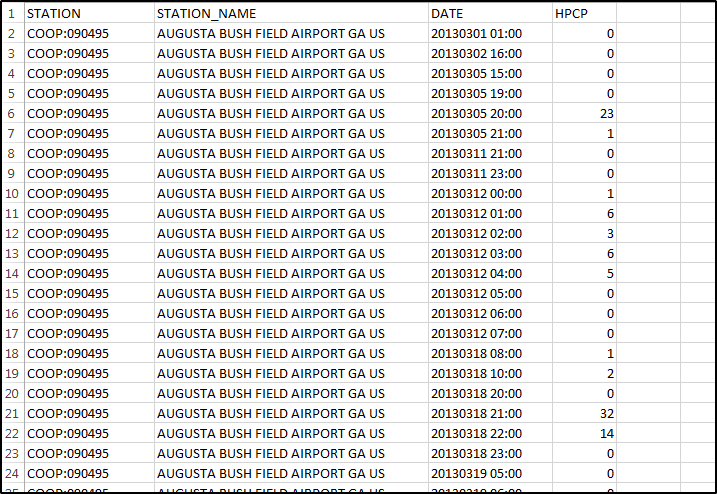
Fig 1. Precipitation data taken from Augusta’s Bush Field Airport in March 2013. (National Centers for Environmental Information, National Oceanic and Atmospheric Administration, “Climate Data Online Search: Precipitation Hourly,” accessed August 10, 2015, http://www.ncdc.noaa.gov/cdo-web/search?datasetid=PRECIP_HLY#.) Reprinted from the National Centers for Environmental Information.
Statistics:
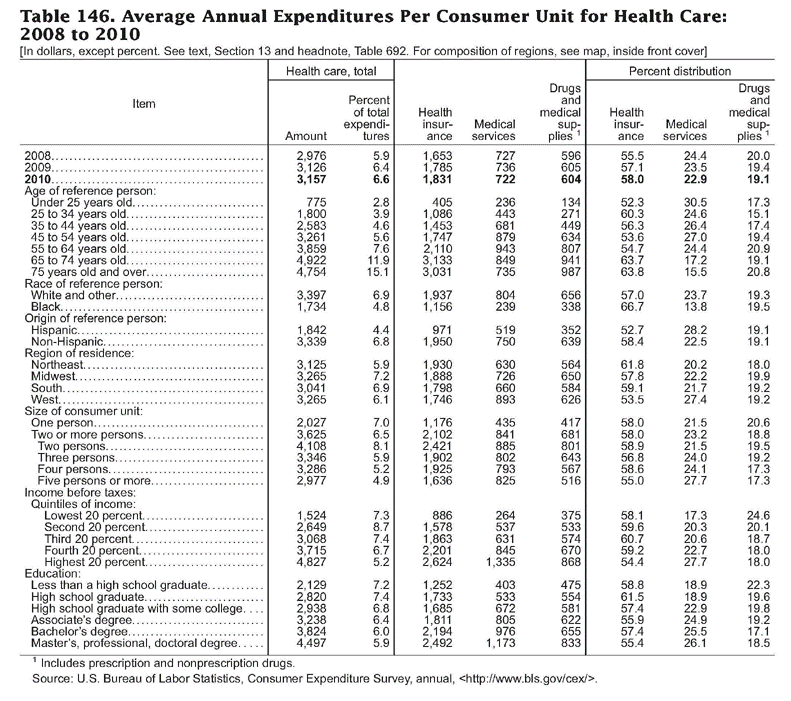
Fig. 2: U.S. Bureau of Labor Statistics, Consumer Expenditure Survey, table 146, ProQuest Statistical Abstract of the U.S. 2013 Online Edition, last modified December 2012, http://ezproxy.augusta.edu/login?url=http://statabs.proquest.com/sa/index.html?id=undefined. Reprinted from the ProQuest Statistical Abstract of the U.S. 2013 Online Edition.
BAR chart showing global income changes between 2001 and 2011
Fig. 3: Pew Research, “Poverty Plunges from 2001 to 2011 and the Global Middle-Income Population Increases, but Most People Remain Low Income,” last modified July 7, 2015, http://www.pewglobal.org/2015/07/08/a-global-middle-class-is-more-promise-than-reality/pg-2015-07-08_globalclass-00/. Reprinted from Pew Research.
1Hailey Mooney,“How to Find Data & Statistics: Data vs. Statistics,” Michigan State University LibGuides, Michigan State University, last modified July 15, 2015, http://libguides.lib.msu.edu/datastats.
2 Ibid.
3 “Data.gov,” Data.gov, U.S. General Services Administration, accessed July 21, 2015, http://www.data.gov/.
4 “About,” Dataverse, The President & Fellows of Harvard College, accessed July 21, 2015, http://dataverse.org/about/.
5 “ProQuest Statistical Collections,” ProQuest, accessed August 6, 2015, http://cisupa.proquest.com/ws_display.asp?filter=Statistical%20Overview.
6 “About Pew Research Center,”
7 “American FactFinder,” American FactFinder, U.S. Census Bureau, accessed July 21, 2015, http://factfinder.census.gov/faces/nav/jsf/pages/index.xhtml.
A journal article is written by a subject expert with the assumption the reader has a background knowledge of the field. They are published in journals with a specific subject focus and a scholarly audience. Many journal articles undergo peer-review before publication, in which other subject experts review the article to make sure it is of a scholarly nature and is well-supported. Journal articles are often long and include numerous citations and sometimes original research.
Search nearly all of the online databases that Reese Library provides for journal articles with GALILEO Discover Search.
Connect to subject-specific online databases to search for journal articles.
Find specific journals online by name.
Search the library catalog to find journals that the Augusta University Libraries carry in print. Enter the journal title in the search box and select “Journal Title” from the dropdown menu by the search box to limit your results.
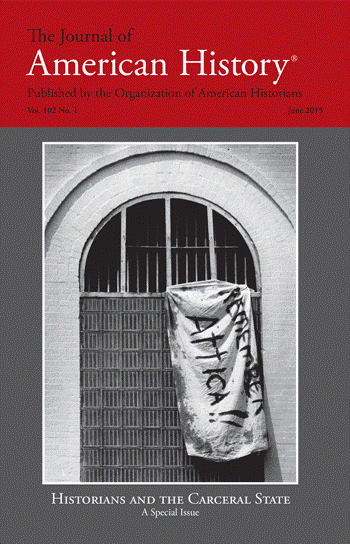 |
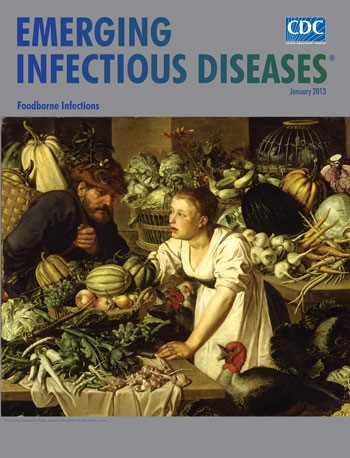 |
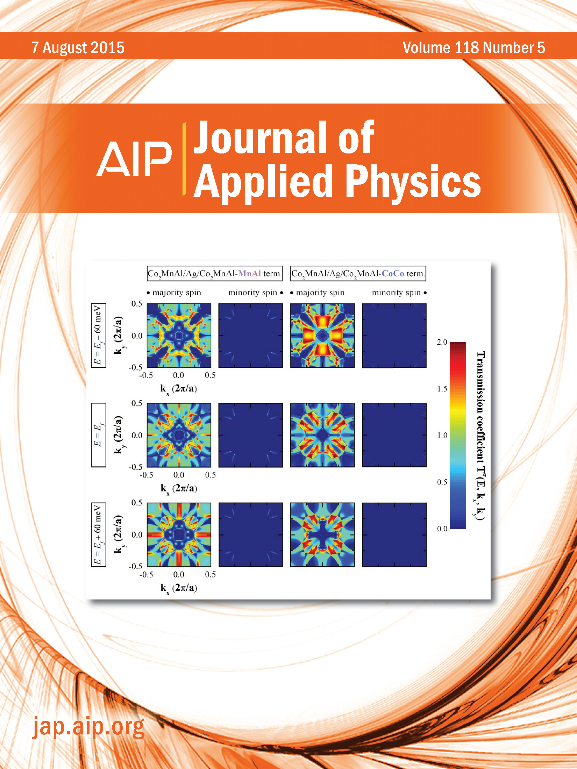 |
Magazine articles are generally written by non-specialist journalists for the general public. They usually cover topics that are of popular interest and deal with current events. Some articles may cover academic topics, but they are not scholarly in nature.
Learn how to search for magazine articles in the Library’s online databases.
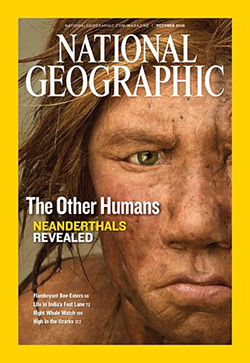 |
 |
 |
Newspaper articles are generally written by non-specialist journalists for the general public and most are published daily. They cover topics that are of popular interest and deal with current events, often local or regional.
Learn how to search for newspaper articles in the Library’s online databases.
 |
 |
 |
|
Primary sources can be created in the moment (such as a photograph) or long after the fact (such as in an autobiography). They give researchers the opportunity to look at a moment in time through the experiences of people who were there or those impacted by the event.
Newspapers, photographs, diaries, interviews, and even clothing and tweets are all examples of primary sources. Because there are many primary sources, think about where you might find primary sources about the event or time period that you are studying (see image below).
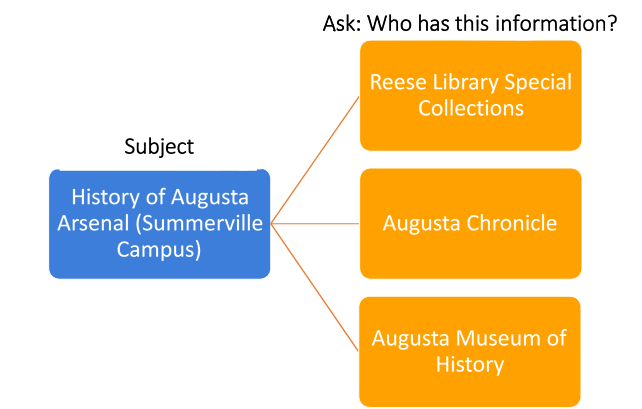
There is no single place to find primary sources. Below are some starting places to look. Contact a librarian for additional help finding primary sources.
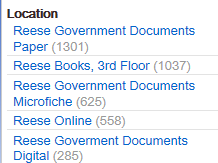 The Government Information collection consists of information from all the branches
of the federal government. Many of the documents in this collection are primary sources,
like the Public Papers of the Presidents of the United States. Physical materials
are located on the second floor of Reese Library. You can search for government information
in the library catalog. To limit your results to government information, click one of the “Reese Government Documents” options (see image to left) under the Location heading in the left hand box of the
results list.
The Government Information collection consists of information from all the branches
of the federal government. Many of the documents in this collection are primary sources,
like the Public Papers of the Presidents of the United States. Physical materials
are located on the second floor of Reese Library. You can search for government information
in the library catalog. To limit your results to government information, click one of the “Reese Government Documents” options (see image to left) under the Location heading in the left hand box of the
results list.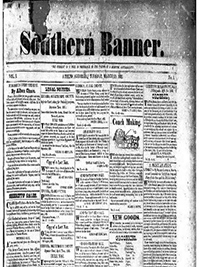 |
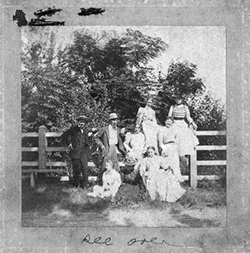 |
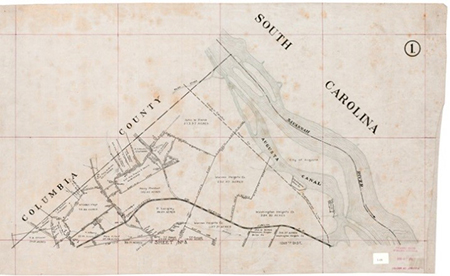 |
| Fig 1. Southern Banner, March 20, 1832, digital photograph, Athens Historic Newspapers Archive, accessed August 6, 2015, http://athnewspapers.galileo.usg.edu/athnewspapers-j2k/search | Fig 2. Untitled Photograph of Barry Benson and Family, ca. 1870, photograph, Loose Photographs Collection, rl01218, Special Collections and Archives, Reese Library, Augusta University Libraries. | Fig. 3. Map. The Summers Maps, Special Collections and Archives, Reese Library, Augusta University Libraries. |
iJames H. Billington, “About the Library,” Library of Congress, accessed August 6, 2015, http://www.loc.gov/about/
ii“Ancestry Library Edition,” ProQuest, accessed August 6, 2015, http://www.proquest.com/products-services/ale.html
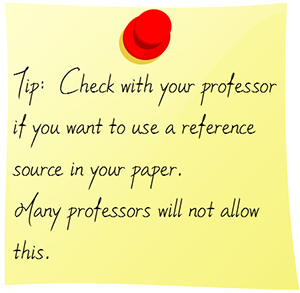
Reference sources gives broad, relatively short overviews on a variety of topics. Encyclopedias, dictionaries, and even textbooks are considered reference sources.
If you feel like you’re being asked to write a paper about an unfamiliar topic, reference sources can help you learn essential background information. For example, if you were being asked to write a paper about the zone of proximal development in an education class, you could look for background information about that term in a specialized education encyclopedia or in the index of your textbook.
 |
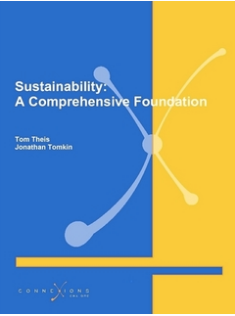 |
 |

All kinds of information with varying levels of usefulness and credibility exist on the Internet, from online newspapers to tweets, photos to films, and eBooks to academic journals.

The Internet can be divided into two parts: open Web and deep Web. The open Web is available for anyone to see for free. However, the deep Web requires that you have the right credentials to access that information, like a username and password. Your email account, the content you access on Academic LMS (D2L or Desire2Learn), and most of GALILEO databases are examples of information on the deep Web. Search engines like Google can only find information available on the open Web. Surprisingly, more information can be found in the deep Web.
Google may be the most familiar search engine out there, but there are others out there to try. Some search engines search the entire open Web while others search a limited number of sites.
 |
 |
 |
 |
||
i“DuckDuckGo Privacy,” DuckDuckGo, accessed August 7, 2015, https://duckduckgo.com/privacy
ii“Federal Digital System,” U.S. Government Publishing Office, accessed August 7, 2015, http://www.gpo.gov/fdsys/search/home.action
iii“Creative Commons Search,” Creative Commons, accessed August 7, 2015, http://search.creativecommons.org